See also
- Burnin' Daylight, an American country music band
Burning Daylight is a 1910 novel by Jack London.
Burning Daylight may also refer to:
Daylight is the combination of all direct and indirect sunlight outdoors during the daytime, which includes:

Charles G. Rosher, A.S.C. was an English-born cinematographer who worked from the early days of silent films through the 1950s.
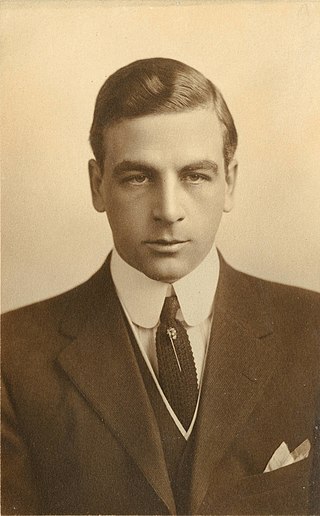
Milton George Gustavus Sills was an American stage and film actor of the early twentieth century.
Battle of the Sexes refers to a conflict between men and women.
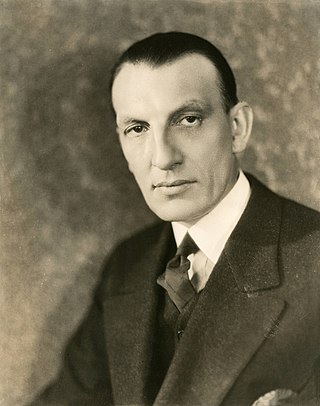
Charles Brabin was a British-American film director.

Hobart Van Zandt Bosworth was an American film actor, director, writer, and producer.

William Reeves Eason, known as B. Reeves Eason, was an American film director, actor and screenwriter. His directorial output was limited mainly to low-budget westerns and action pictures, but it was as a second-unit director and action specialist that he was best known. He was famous for staging spectacular battle scenes in war films and action scenes in large-budget westerns, but he acquired the nickname "Breezy" for his "breezy" attitude towards safety while staging his sequences—during the famous cavalry charge at the end of Charge of the Light Brigade (1936), so many horses were killed or injured so severely that they had to be euthanized that both the public and Hollywood itself were outraged, resulting in the selection of the American Humane Society by the beleaguered studios to provide representatives on the sets of all films using animals to ensure their safety.

Alfred Allen was an American silent film actor and author.

Edward Sloman was an English silent film director, actor, screenwriter and radio broadcaster. He directed over 100 films and starred in over 30 films as an actor between 1913 and 1938.

Rhea Haines was a silent film actress from Indiana.
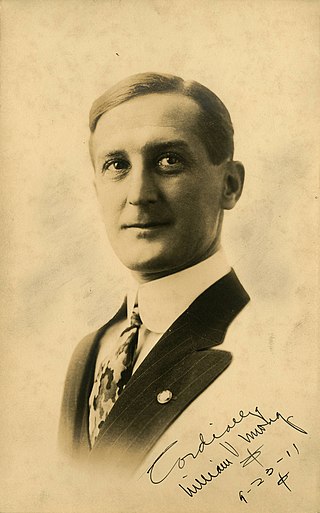
William V. Mong was an American film actor, screenwriter and director. He appeared in almost 200 films between 1910 and 1939. His directing (1911–1918) and screenwriting (1911–1922) were mostly for short films.
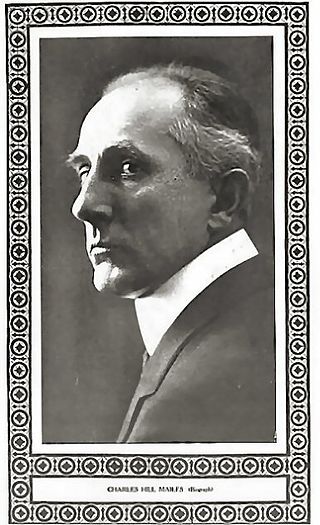
Charles Hill Mailes was a Canadian actor of the silent era.
Maurice Elvey was one of the most prolific film directors in British history. He directed nearly 200 films between 1913 and 1957. During the silent film era he directed as many as twenty films per year. He also produced more than fifty films – his own as well as films directed by others.

Mitchell Lewis was an American film actor whose career as a Metro-Goldwyn-Mayer contract player encompassed both silent and sound films.

Harry Northrup, was an American film actor of the silent era. He appeared in more than 130 films between 1911 and 1935. He was born in Paris and died in Los Angeles, California.
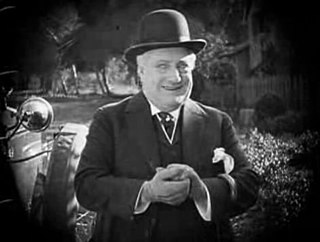
Robert Bolder was an English film actor of the silent era. He appeared in more than 120 films between 1912 and 1936. He was born in London and died in Los Angeles, California. In the early part of the 20th-century Bolder was involved in several Broadway productions.

Burning Daylight is a novel by Jack London, published in 1910, one of the best-selling books of that year and London's best-selling book in his lifetime. The novel has been adapted for film.
Burning Daylight: The Adventures of 'Burning Daylight' in Alaska is a 1914 American adventure film directed by Hobart Bosworth, starring Hobart Bosworth, Rhea Haines, J. Charles Haydon, Elmer Clifton and Jack Conway. It is based on the 1910 novel Burning Daylight by Jack London. The film was released on September 14, 1914, by Paramount Pictures.

Burning Daylight is a 1928 silent dramatic action adventure film directed by Charles Brabin and starring Milton Sills and Doris Kenyon, a real-life married couple. It was produced and distributed by First National Pictures and based on the 1910 novel of the same name by Jack London. It was previously filmed by Metro Pictures in 1920.

Burning Daylight is a 1920 American silent drama film directed by Edward Sloman with Mitchell Lewis, Helen Ferguson, and William V. Mong starring. It was distributed by Metro Pictures. It is based on the 1910 Jack London novel of the same name.